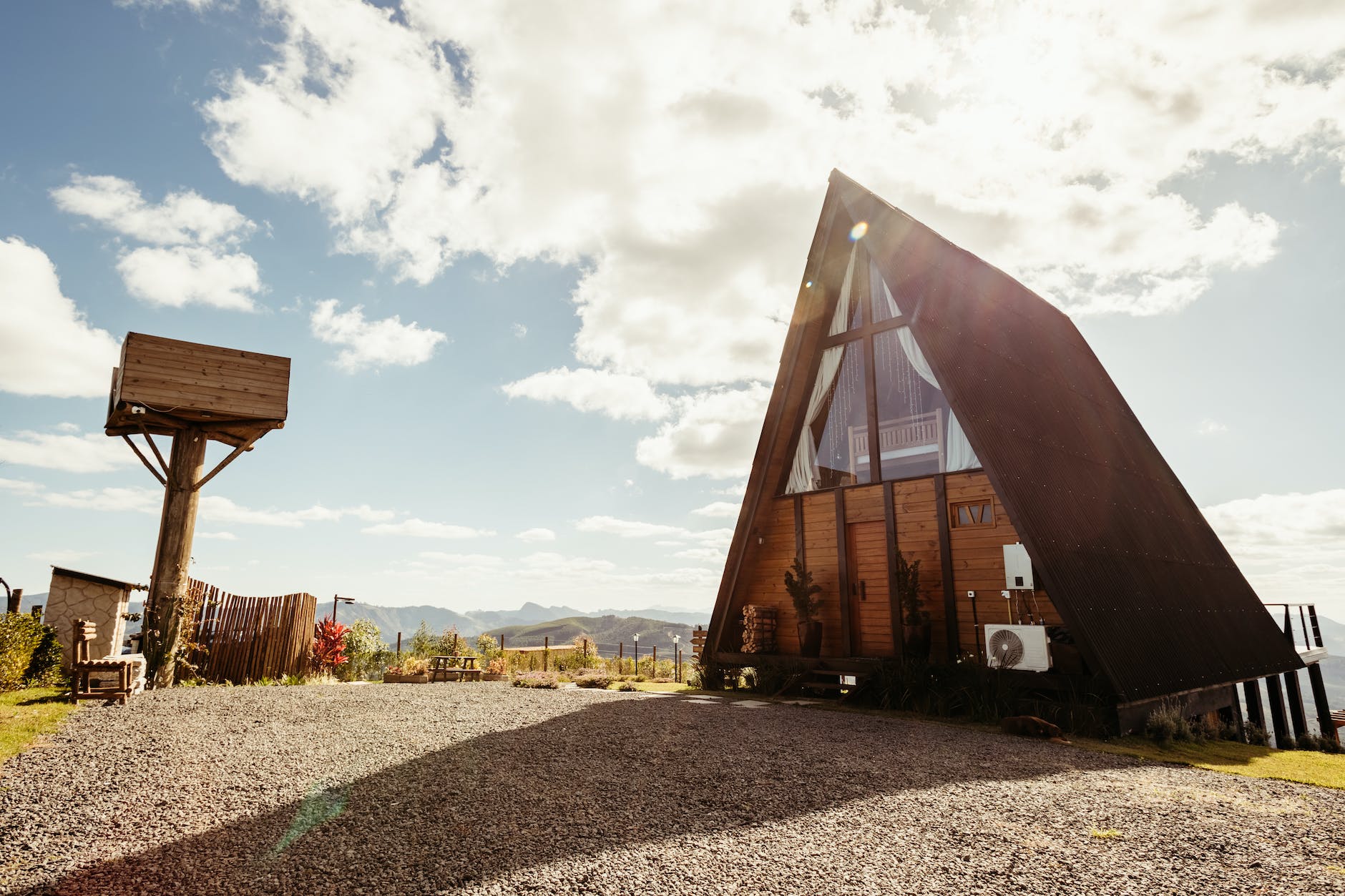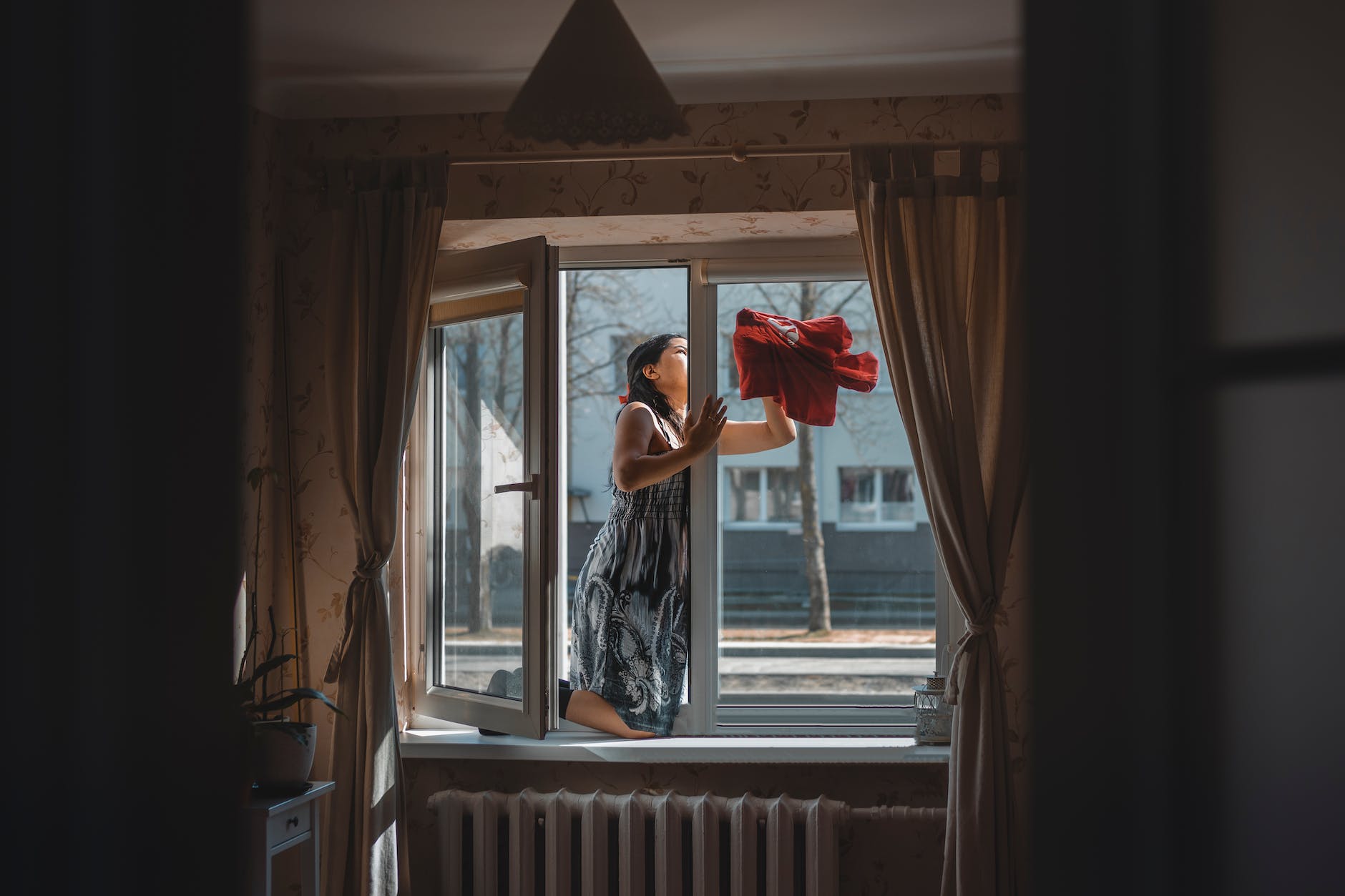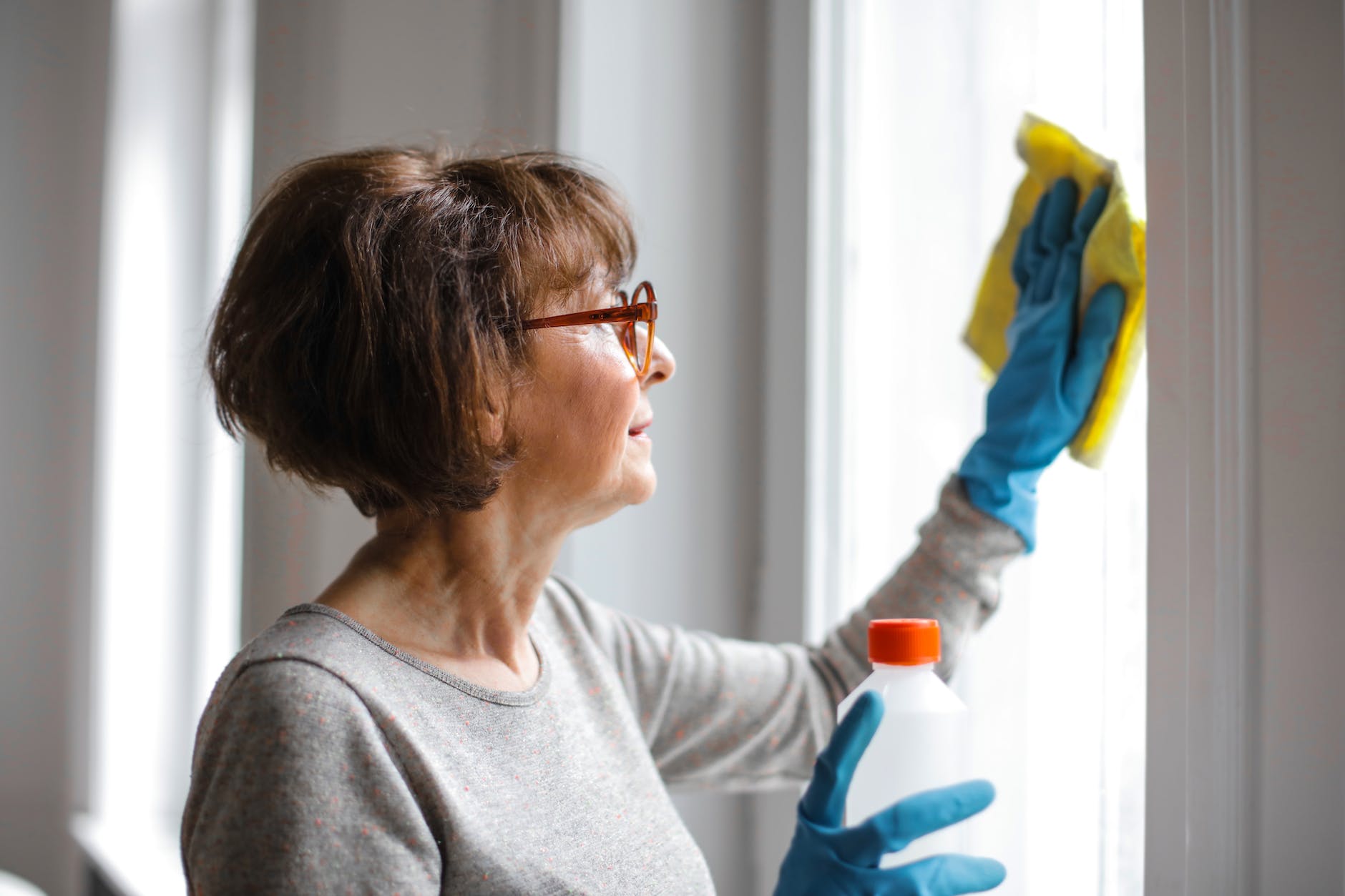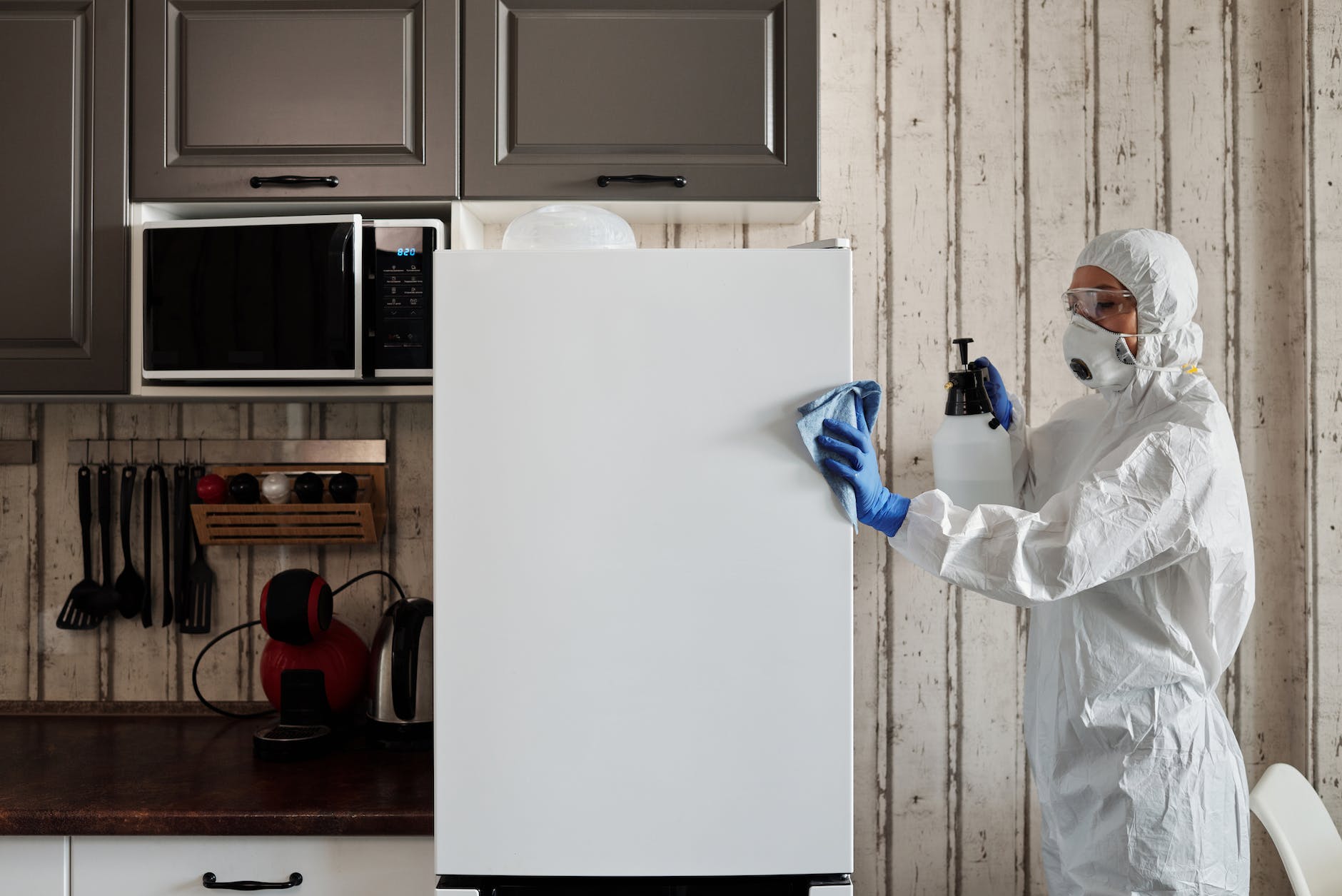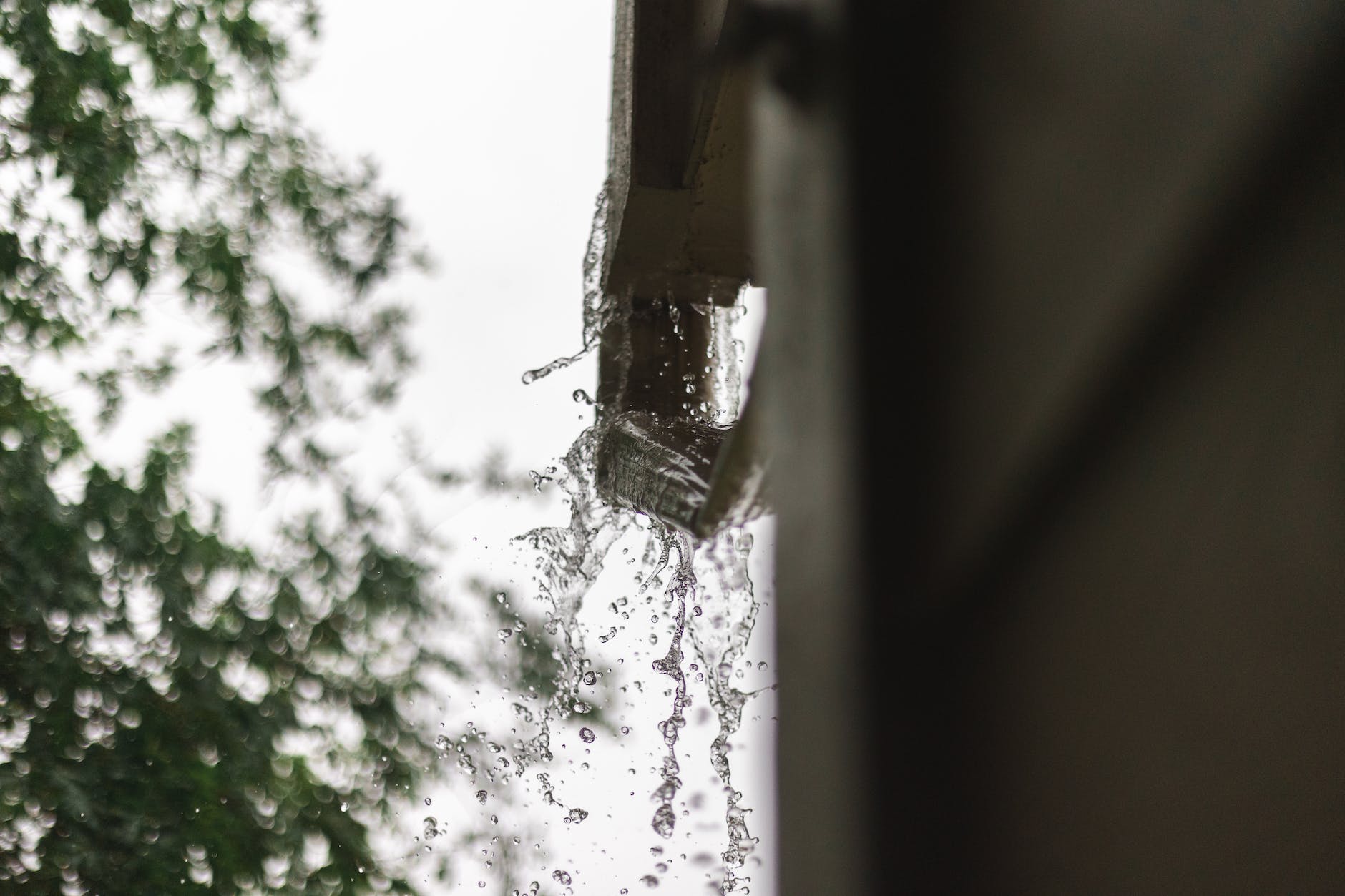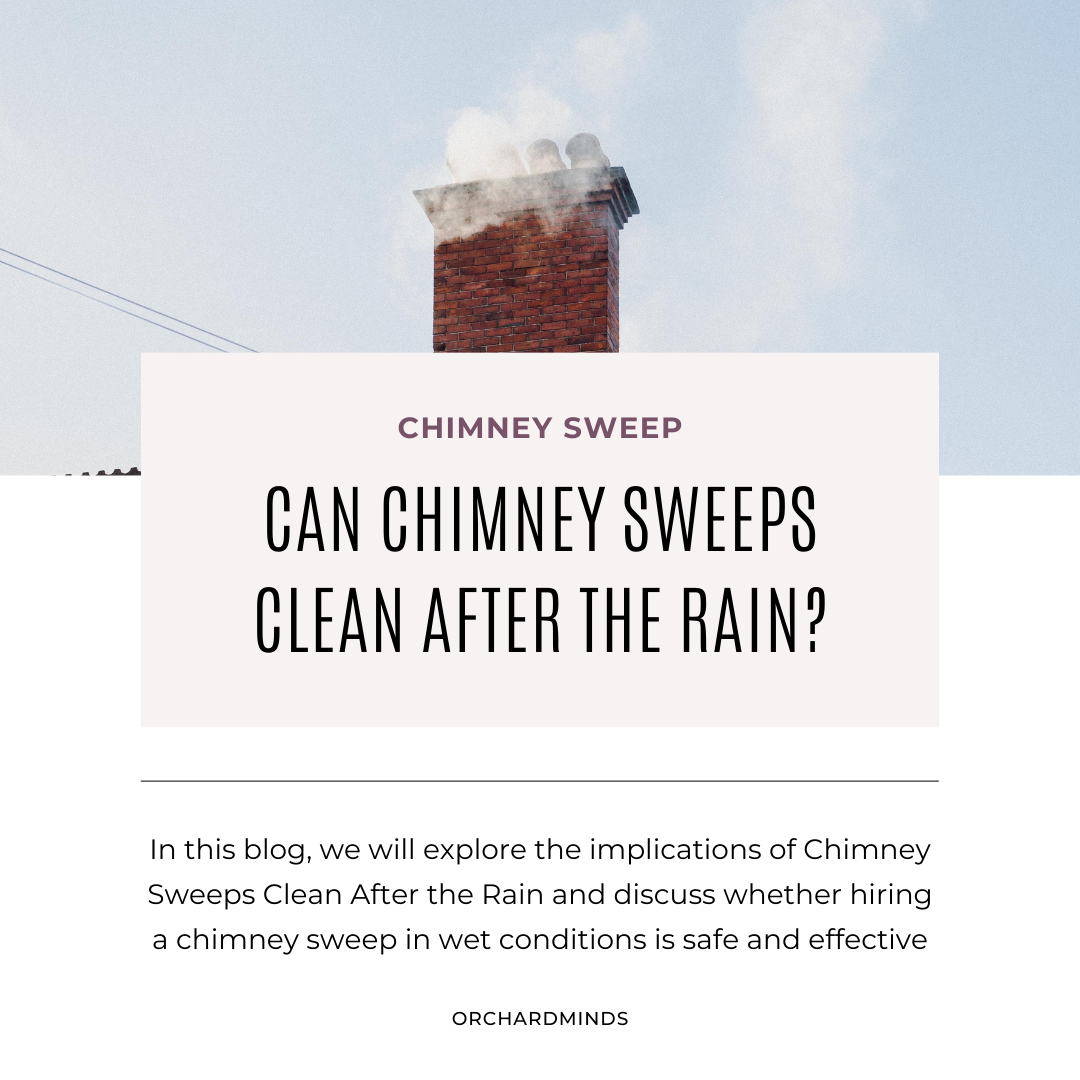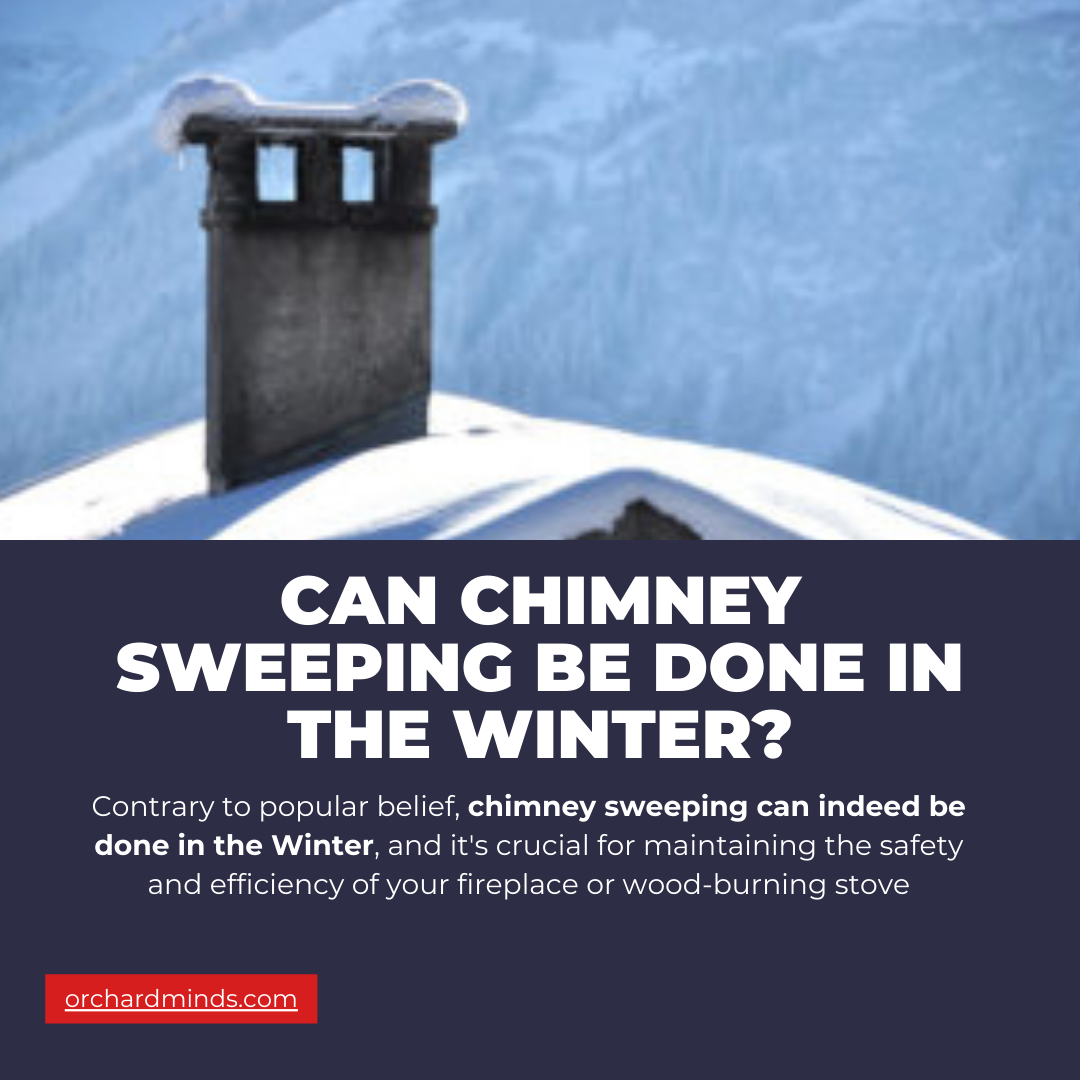In this article, we try to give you a detailed view of How does Roof Cleaning Work & What is Roof Washing?
Roof cleaning is a specialized service that can extend your roof’s life, enhance your home’s curb appeal, and prevent costly damage caused by algae, moss, and other contaminants.
In this blog post, we’ll take you through the step-by-step process of how roof cleaning works according to a cleaning business, shedding light on the techniques and considerations involved.
What is Roof Wash?
Roof wash, often referred to as power washing or soft wash roof cleaning, is the process of cleaning your roof to remove accumulated dirt, moss, and algae. While it’s tempting to tackle this task as a DIY project, hiring a professional roof cleaning service is often the wiser choice.
Why? Well, roof cleaning isn’t just about aesthetics; it’s about preserving your roof’s integrity. Moss and algae growth can lead to structural damage if left unchecked, potentially costing you more in repairs down the line. A professional roof cleaning service has the expertise and proper equipment to clean your roof safely and effectively, ensuring it stays in good shape for years to come. So, when you see signs that you need to clean your roof, don’t hesitate to call in the experts.
Inspection and Assessment for Cleaning a Roof
Thorough Examination of Alga, Moss, and others
Professional roof cleaning starts with a comprehensive examination of the roof. Cleaning experts inspect the roofing material closely to determine its type, condition, and any signs of damage or wear. They also assess the extent of contamination, including algae, moss, lichen, mold, or dirt buildup.
Identifying Roofing Material
Different roofing materials require varying cleaning approaches. For instance, asphalt shingles, tile roofs, metal roofs, and wood shakes have unique characteristics that impact the cleaning process.
Assessment of Damage
The inspection also includes looking for any structural issues or damage to the roof, such as loose or damaged shingles, leaks, or other issues that may need to be addressed before cleaning.
Selection of Cleaning Method
The cleaning professionals can determine the most suitable method based on the assessment. For instance, soft washing may be chosen for delicate materials like cedar shakes, while pressure washing might be suitable for more robust roofing materials.
Safety Measure for a Roof Cleaning Company
Safety Gear
Safety is of paramount importance when working at heights. Roof cleaning companies prioritize the safety of their workers by equipping them with the necessary gear. This typically includes harnesses that attach to anchor points, helmets to protect against potential falling debris, and slip-resistant shoes or boots to provide stable footing on the roof’s surface.
Training
Cleaning professionals are often trained in proper safety procedures, including navigating roofs safely, using safety equipment correctly, and working in a team to minimize risks.
Weather Considerations
Weather conditions are carefully considered before starting work. Roof cleaning is typically not done during rainy or windy weather, as wet surfaces can be slippery, and strong winds can pose hazards.
Clearing Debris
Debris Removal
Before the actual cleaning process begins, any loose debris on the roof’s surface is removed. This includes leaves, branches, pine needles, dirt, and other objects that may have accumulated. Debris removal is crucial to prevent these materials from ending up in gutters and downspouts, which could lead to blockages and water damage.
Gutter Cleaning
In addition to clearing the roof surface, cleaning professionals often check and clean the gutters and downspouts as part of the process. Clogged gutters can lead to water overflow, damaging the roof and other parts of the house.
Choosing the Cleaning Method
Roof cleaning businesses typically employ one of the following methods, depending on the roofing material and contamination level:
Soft Wash Roof Cleaning
This method involves the application of a specialized cleaning solution designed to eliminate algae, mold, and mildew. The solution can sit on the roof for a specific period, breaking down contaminants. The roof is gently rinsed using low-pressure water to remove dirt and cleaning residues. Sodium hypochlorite (Bleach) is the primary ingredient in most soft wash cleaning solutions.
Pressure Washing Roof Cleaning
Pressure washer is used to remove contaminants from the roof’s surface. Pressure washing or power washing method is suitable for more robust roofing materials, such as asphalt shingles or concrete tiles, but must be used cautiously to prevent damage.
Manual Cleaning
Manual cleaning may be necessary in some cases, particularly with delicate roofing materials like cedar shakes. This labor-intensive process involves scrubbing the roof with brushes or brooms to remove contaminants.
Application of Roof Treatment
Purpose of roof cleaning services
After the cleaning process is complete, many professional roof cleaning companies offer an optional roof treatment. The primary purpose of this treatment is to provide long-term protection against the return of algae, moss, mold, and other contaminants that can mar the roof’s appearance and durability.
Types of Roof Treatments
Algae and Moss Inhibitors
These treatments typically contain zinc or copper compounds that inhibit the growth of algae, moss, and lichen. They create a protective barrier on the roof’s surface, discouraging the return of these contaminants.
Sealers and Coatings
Some treatments involve the application of roof sealers or coatings. These can provide an extra layer of protection against moisture infiltration, UV damage, and contaminants. They may also enhance the roof’s longevity and appearance.
Professional Application
Roof treatments are applied by trained professionals who ensure even coverage and adherence to manufacturer guidelines. They use specialized equipment to safely and effectively apply the treatment without damaging the roofing material.
Clean-Up
Thorough Cleaning
After completing the cleaning and treatment processes, cleaning professionals meticulously clean up.
This step involves removing debris, cleaning solutions, or residues left behind during the cleaning and treatment phases.
Gutter and Downspout Cleaning
If the gutters and downspouts were affected during the cleaning process, they are cleaned and checked to ensure they are clear of any blockages.
This is crucial for proper water drainage and to prevent potential water damage.
Protecting the Property
Cleaning companies protect the property’s surrounding areas, including landscaping and outdoor furniture.
Any cleaning solution runoff is managed to prevent damage to plants and surfaces.
Roof Cleaning Products
Cleaning your roof is essential for its longevity and curb appeal, and the choice of cleaning products is crucial, whether you’re using a pressure washer or a soft washer. Pressure washer roof cleaning often requires potent, specially formulated cleaners to remove stubborn stains, algae, and moss. These products are designed to work effectively with the high-pressure water stream.
On the other hand, soft washer roof cleaning products are typically gentler but equally effective. They are designed to be environmentally friendly, using a combination of low-pressure water and eco-friendly detergents to safely remove dirt and organic growth.
In either case, choosing the right cleaning product is key to achieving a clean and well-maintained roof.
Roof Cleaning Cost
On average, roof cleaning costs between $300 to $1,250, varying based on the size of the roof and its location.
Final Inspection
Quality Assurance
Before the job is complete, the cleaning team performs a final roof inspection. This inspection is a critical quality assurance step to ensure the roof is spotless and contaminant-free.
Identifying Any Issues
Any remaining issues, such as missed spots or stubborn stains, are identified during the final inspection. These issues can be addressed promptly to ensure the roof meets the desired level of cleanliness and appearance.
Recommendations
Depending on the inspection results, the cleaning professionals may provide recommendations for any necessary repairs or additional cleaning. These recommendations are valuable for maintaining the roof’s condition and preventing future problems.
Conclusion
Roof cleaning is a specialized service that requires skill, experience, and attention to detail.
Homeowners can make informed decisions when seeking professional roof cleaning services by understanding the process involved. Hiring a professional roof cleaning is always a wise decision
A well-maintained roof enhances your home’s appearance and safeguards its structural integrity, making it a worthwhile investment for any homeowner.
If you’re interested in roof cleaning, we have articles on how to start a gutter cleaning business and how to launch a roof cleaning business in this blog. Please feel free to read them and share your comments.

